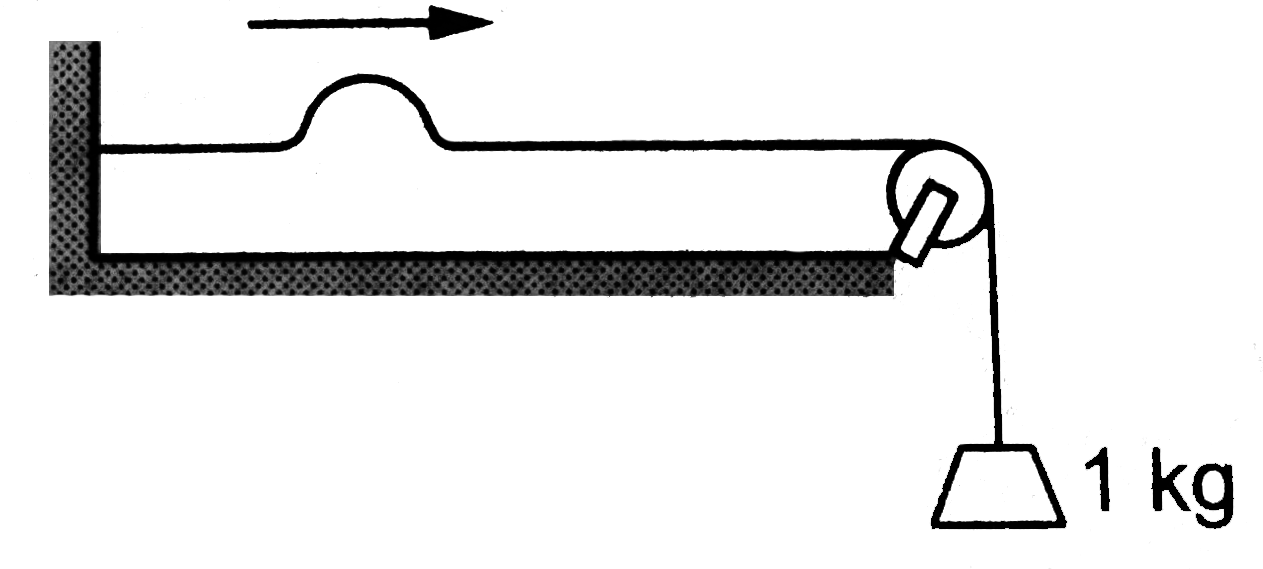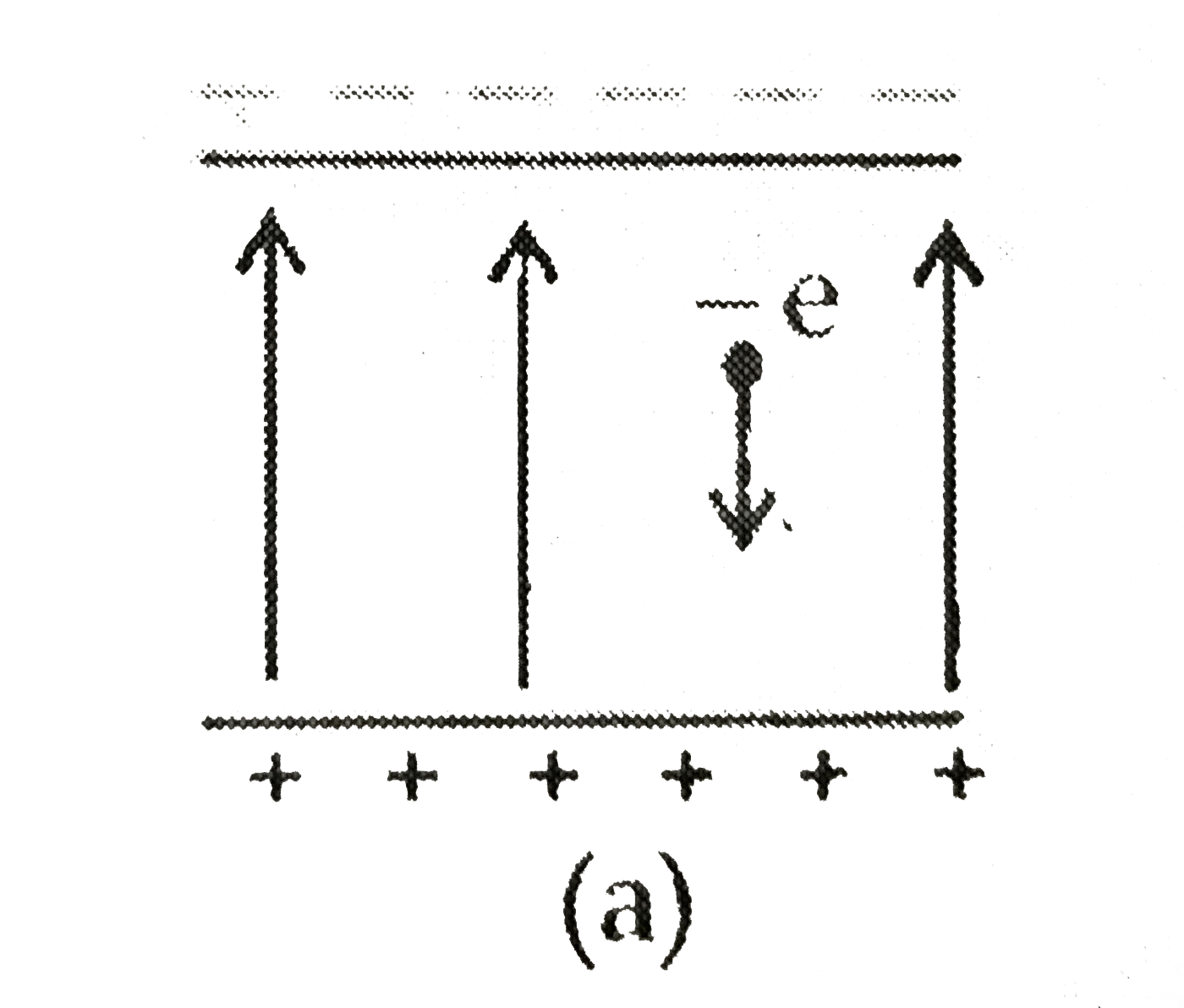The time taken by the impulse to travel through atria, AV node, and the rest of conducting tissue is
PQ interval
PQRS interval
QRS interval
ST segment
The correct Answer is:A
To determine the time taken by the impulse to travel through the atria, AV node, and the rest of the conducting tissue, we can follow these steps:
1. Understanding the Cardiac Cycle: The heart's electrical conduction system initiates impulses that cause the heart to contract. The impulse starts at the SA node, travels through the atria, and then reaches the AV node.
2. Identifying the P Wave: The P wave on an electrocardiogram (ECG) represents atrial depolarization. This is the phase where the atria contract to push blood into the ventricles.
3. Identifying the PQ Interval: The time taken for the impulse to travel from the SA node through the atria, AV node, and into the ventricles is represented by the PQ interval (also known as the PR interval).
4. Duration of the PQ Interval: According to standard physiological data, the PQ interval typically lasts between 0.12 to 0.20 seconds. This indicates the time taken for the electrical impulse to travel through the atria and the AV node.
5. Conclusion: Therefore, the time taken by the impulse to travel through the atria, AV node, and the rest of the conducting tissue is approximately 0.12 to 0.20 seconds.
Final Answer:
The time taken by the impulse to travel through the atria, AV node, and the rest of the conducting tissue is 0.12 to 0.20 seconds.
The time taken by the impulse to travel through the atria, AV node, and the rest of the conducting tissue is 0.12 to 0.20 seconds.
Topper's Solved these Questions
- BODY FLUIDS AND CIRCULATIONS BOOK - CENGAGE BIOLOGY ENGLISHCHAPTER - BODY FLUIDS AND CIRCULATIONS EXERCISE - Exercise (Assertion - Reasoning Questions)
15 Videos
- BODY FLUIDS AND CIRCULATIONS BOOK - CENGAGE BIOLOGY ENGLISHCHAPTER - BODY FLUIDS AND CIRCULATIONS EXERCISE - ARCHIVES (Choose the correct option)
30 Videos
- BIOTECHNOLOGY:PRINCIPLES AND PROCESSESBOOK - CENGAGE BIOLOGY ENGLISHCHAPTER - BIOTECHNOLOGY:PRINCIPLES AND PROCESSESEXERCISE - ARCHIVES (Choose the correct option)
33 Videos
- ECOSYSTEMBOOK - CENGAGE BIOLOGY ENGLISHCHAPTER - ECOSYSTEMEXERCISE - ARCHIVES (CHOOSE THE CORRECT OPTION)
41 Videos
Similar Questions
Figure showa a string of linear mass density 1.0gcm−1onwhichawaveps–eistravell∈g.F∈dthetimetakenbytheps–e∈travell∈gthroughadistanceof50cmonthestr∈g.Takeg=10 ms^-2.

View SolutionThe time taken by a monochromatic light to travel a certain distance in air in 9×10−6 seconds. The time taken by the light ray to travel the same distance in water of refractive index 43 is
View Solution
Knowledge Check
The time taken by light to travel from sun to earth is approximately
A8 light yearsB8 secondsC8 minutesD8 hours
Figure shows a string of linear mass density 1.0gcm−1 on which a wave pulse is travelling. Find the time taken by pulse in travelling through a distance of 50cm on the string. Take g=10ms−2

View SolutionAn object is released from rest. The time it takes to fall through as distance h and the speed of the object as it falls through this distance are measured with a pendulum clock. The entire apparatus is taken on the moon and the experiment is repeated
View SolutionAssertion : Though AV node generates impulses, it is still not called as the pacemaker of heart.
Reason : The rythmicity of impulse production is not highest in AV node in the neuromuscular conduction pathway.
View SolutionGo through the following statements
(i) Vagus nerve decreases the rate of impulse formation from the SA node and its conduction
(ii) As the human heart is myogenic in nature, the rate of formation and conduction of cariac impulse cannot be changed by the action of nerves
(iii) The end of T-wave in ECG marks the end of systole.
(iv) If the P-wave in ECG is inverted , it indicates that SA node fails to initiate impulse and the atrial muscle depolarises by the impulse originating in A.V. node.
Whic of these are correct ?
View SolutionA ball falls freely from rest. The ratio of the distance travelled in first, second, third and fourth second is
View SolutionAn electron falls through a distance of 1.5 cm in a uniform electric field of magnitude 2.0×104N/C(Fig.a)

Calculate the time it takes to fall through this distance starting from rest. If the direction of the field is reversed (fig .b) keeping its magnitude unchanged , calculate the time taken by a proton to fall through this distance starting from rest.

View SolutionA particle executes simple harmonic oscillation with an amplitudes a. The period of oscillation is T. The minimum time taken by the particle to travel half of the amplitude from the equilibrium position is
View Solution
